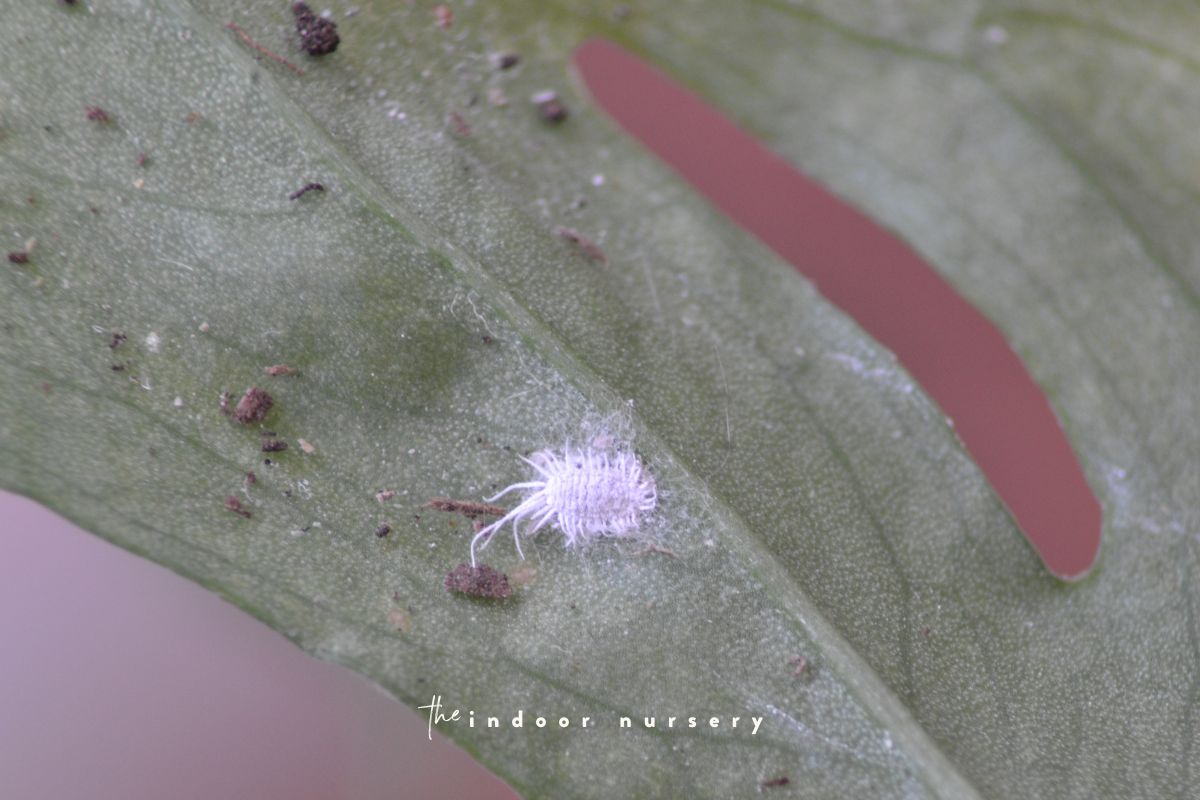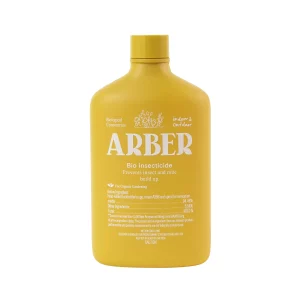Since living in Mexico, I’ve had a bit of an ongoing mealybug infestation after bringing a few sickly house plants home from the supermarket.
I’ve tried a lot of different methods to get rid of the mealies and can finally say that I have (mostly) healthy plants.
Mealybugs can cause a great deal of damage to plants, and infestations can be difficult to control. If you think you have mealybugs, be sure to take action right away. The sooner you get rid of them, the better.
How to get rid of mealy bugs on plants
Mealybugs can be difficult to control, but there are a few things you can do to get rid of them.
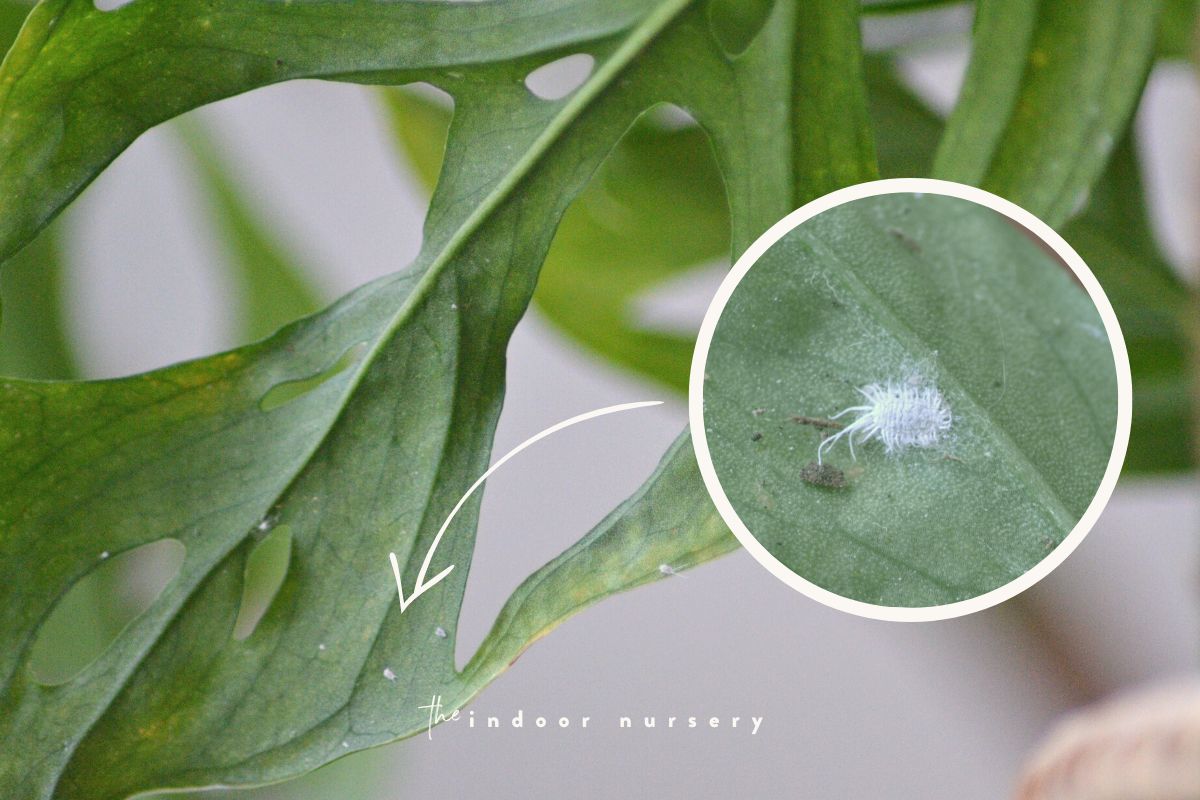
Step 1: Wash mealybugs away with dish soap
You can try washing mealybugs away with a mixture of Dr. Bronner’s dish soap and water. This won’t kill them, but it will remove them from your plants.
Step 2: Use isopropyl alcohol
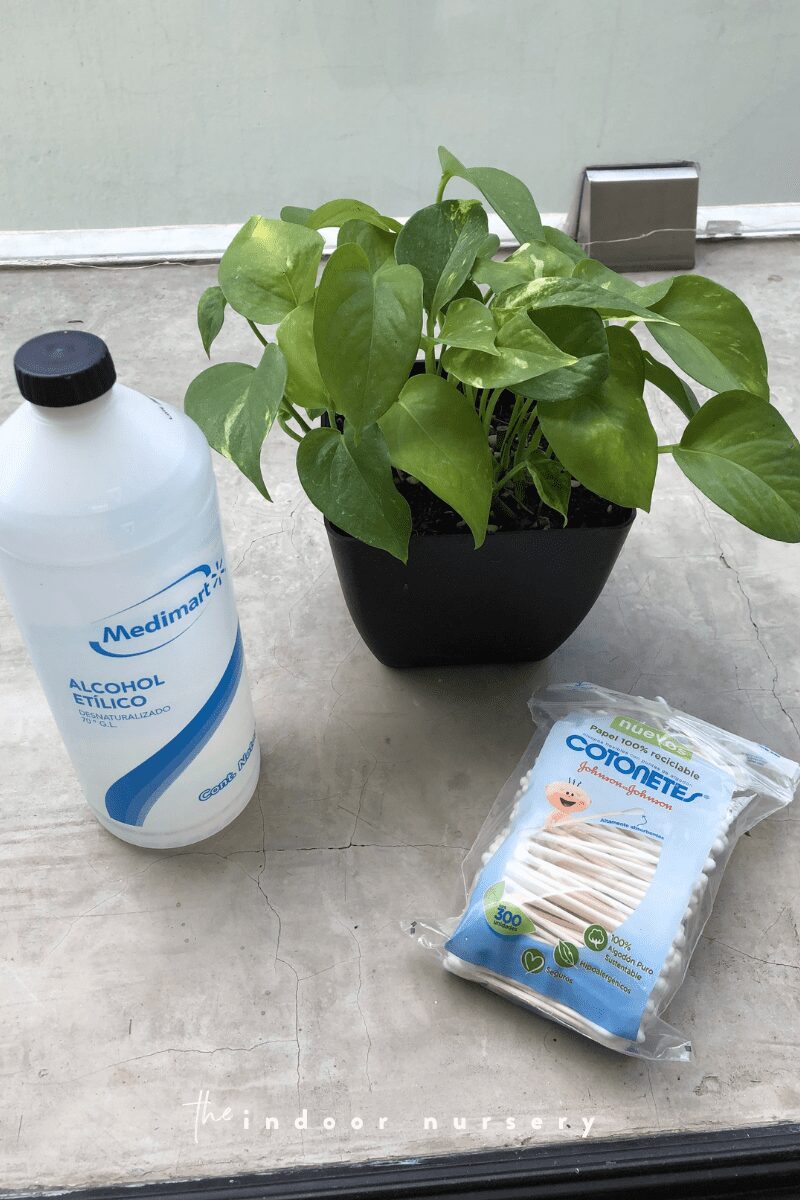
For light infestations, this gentle method may be enough. Rubbing alcohol will kill mealybugs on contact. You can apply it directly to the pests using a cotton swab or Q-tip. I use this method to remove any insects that I find (this works for scale insects too) before treating with insecticidal soaps or horticultural oils.
This is the method I used to get rid of mealybugs on my pothos plant and it (barely) survived the infestation without further treatment.
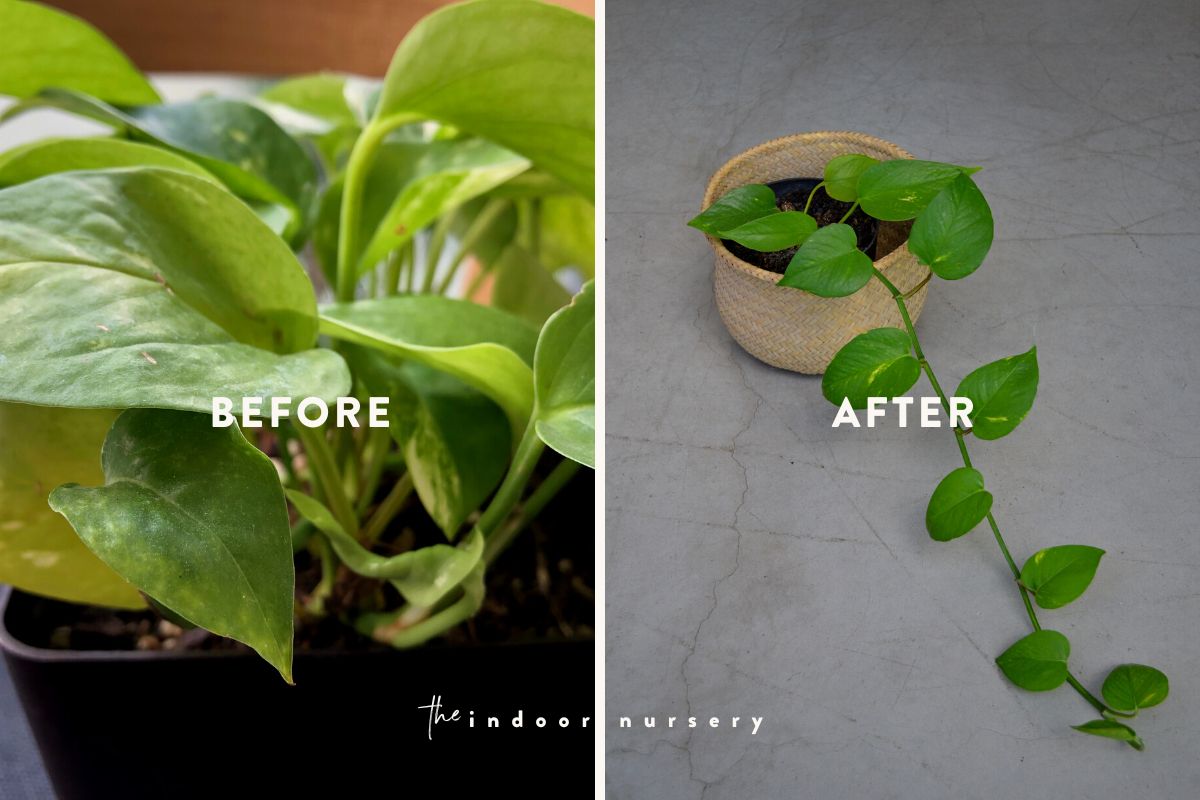
You can see that the plant had yellowish leaves and hadn’t grown a new leaf in the months that I had owned it. After carefully treating with rubbing alcohol, I was eventually able to propagate one healthy plant out of the original mother plant. You can see the leaves are now a vibrant green color.
Step 3: Use homemade insecticidal soap spray
You can buy insecticidal soaps for fairly cheap, or make your own gentle version. Just mix 1 part Dr. Bronner’s soap with 4 parts water, and put it in a spray bottle. Spray the solution on your plants, and be sure to hit the undersides of the leaves where the mealybugs are hiding. For severe mealybug infestations, add 1 part neem oil to the mixture. You can also add certain essential oils for plants.
Light to Medium Infestations: Spray with organic insecticide
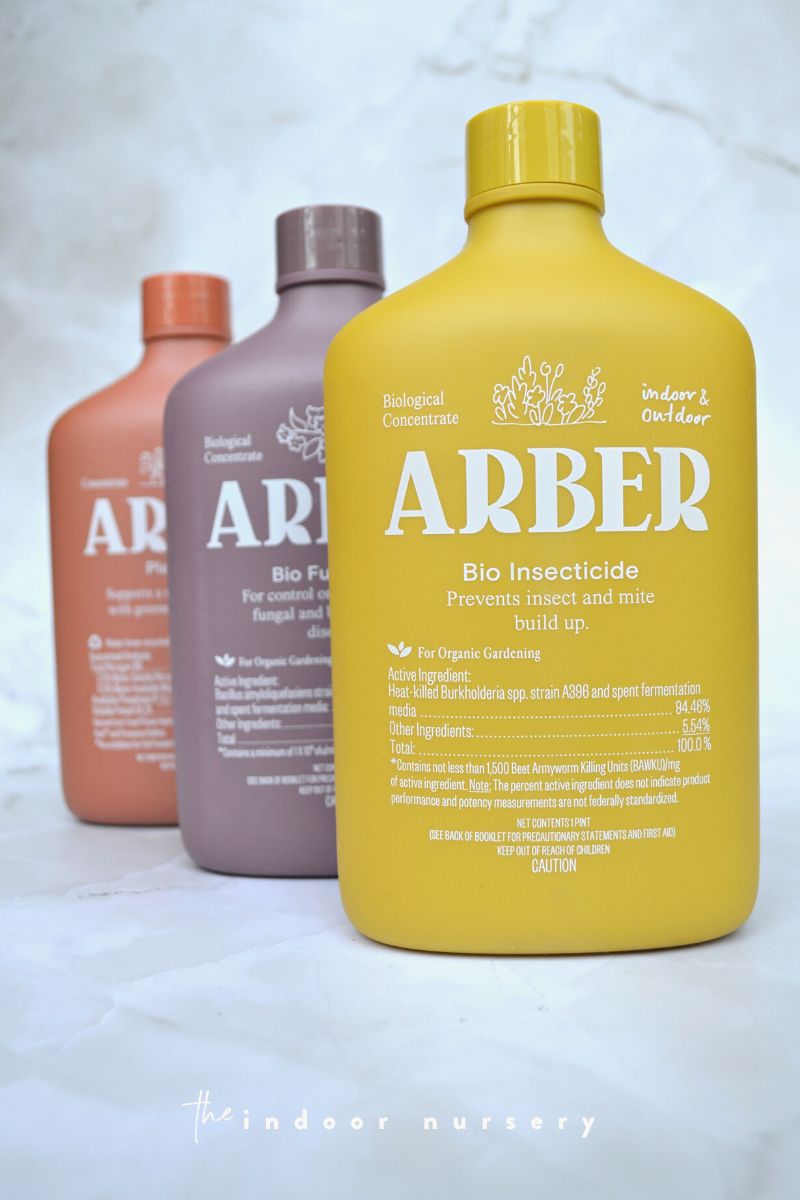
We were recently sent an organic insecticide by Arber, which I was happy to try out on my Swiss cheese plant. It has a light mealybug infestation that is a bit too much for me to hand-wipe down with rubbing alcohol.
Instead, I mixed some of the organic insecticide with filtered water and sprayed the fronts and backs of the leaves on the very long vines.
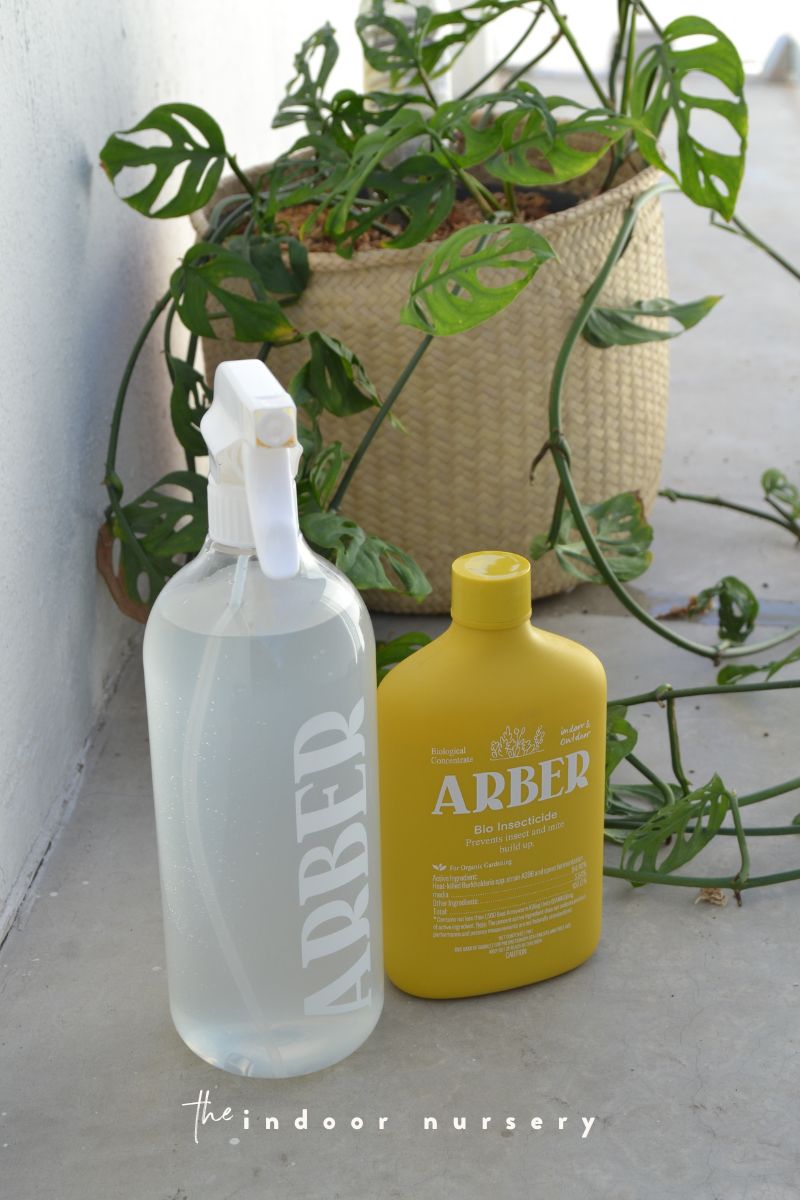
I expect this to be a long process, so I’ll share updates here as time passes.
Medium to Heavy Infestations: Use neem oil for mealy bugs
Neem oil is a natural insecticide, and it’s very effective against mealybugs. To make a neem oil insecticide, just mix 1 teaspoon of neem oil with 1 cup of water, and put it in a spray bottle. Spray the solution on your plants, and be sure to hit the undersides of the leaves where the mealybugs are hiding.
Severe Infestations: Use synthetic chemical pesticide
If you have a bad infestation, you may need to use a synthetic chemical pesticide. Be sure to follow the directions carefully, and only use the pesticide as a last resort for heavily infested plants. I would avoid using synthetic chemicals on sensitive plants altogether.
Mealybug prevention: Release beneficial insects that eat mealybugs
There are a few predatory insects that are natural enemies and feed on mealybugs, including ladybugs, lacewings, and certain types of parasitic wasps. You can buy these predatory insects at most garden stores (or Amazon), and releasing them into your garden can help control mealybug populations.
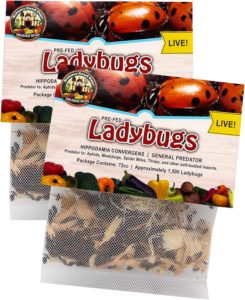
How to get rid of mealy bugs in soil (root mealy bugs)
- Flush with organic insecticide. You can make an insecticide with neem oil or soap and water. Just mix 1 part soap with 4 parts water, and put it in a spray bottle. Spray the solution on your soil, and be sure to hit the undersides of the leaves where the mealybugs are hiding.
- Sprinkle cinnamon powder on around the roots. Cinnamon is a natural insecticide, and it can help control root mealybugs. Just sprinkle the powder around the roots of your plants.
Signs of mealybugs
If you think you have mealybugs, be on the lookout for the following signs:
- Fuzzy or mealy appearance: Mealybugs are covered in a waxy coating, which gives them a fuzzy or mealy appearance.
- Honeydew: Mealybugs secrete a sweet substance called honeydew. If you see honeydew on your plants, it’s a good sign that you have mealybugs.
- Poor plant health: Discolored or yellowing leaves, stunted growth, leaf drop, or a generally slow plant death.
What to know about those mealy bugs on your plant
Mealybugs produce crazy fast (think: 100 to 200 mealybug eggs in a cottony cushion over a 10 to 20 day period). So to truly get rid of them, you’ll need to treat mealybugs at every life cycle stage.
Life cycle of mealybugs
- Eggs: Mealybug eggs are small and white, and they are often found in cottony clusters on the undersides of leaves. If you find these egg masses, remove them with a cotton swab dipped in rubbing alcohol.
- Nymphs: Newly hatched nymphs are small, wingless immature mealybugs. They look similar to adults, but they are smaller and do not have the waxy coating. Remove visible nymphs with a cotton swab dipped in rubbing alcohol and wash the plant with gentle insecticidal soap.
- Adults: Adult mealybugs are small, wingless insects that are covered in a white, powdery substance. They have long, segmented bodies and are often found in clusters on plants. Mealybugs can damage plants by sucking the sap out of them, which can cause the leaves to turn yellow or brown and the plant to become stunted.
What do mealy bugs look like?
Mealybugs are small creatures, often only a few millimeters in length. They tend to be white or grayish in color, and they are covered in a waxy coating. This coating gives them a fuzzy or mealy appearance, hence their name. Mealybugs often congregate in groups, and they secrete a sweet substance called honeydew.
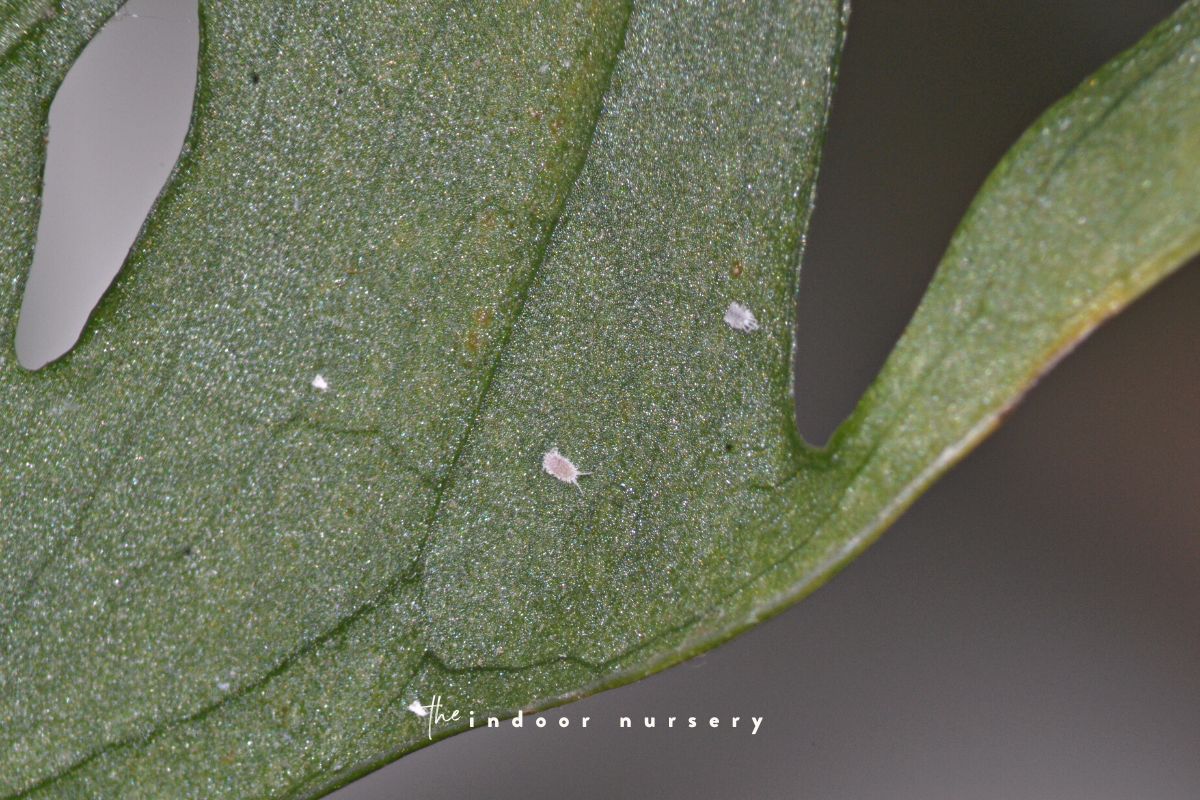
Where do mealy bugs come from?
Mealybugs are native to tropical and subtropical regions of the world, but they have been introduced to other areas through human activity. They are often found in greenhouses and homes, where they can feed on a variety of plants.
Mealybugs are relatively common pests on houseplants. They are often brought into the home on new plants, and can quickly spread to other plants in the home. Mealybugs can be difficult to control once they establish themselves, so it is important to take preventive measures to keep them from infesting your plants.
What do mealybugs eat?
Mealybugs feed on plant sap, and they will eat just about any type of plant. They are often found on the soft growth of plants, like along the veins of the leaf or around new growth.
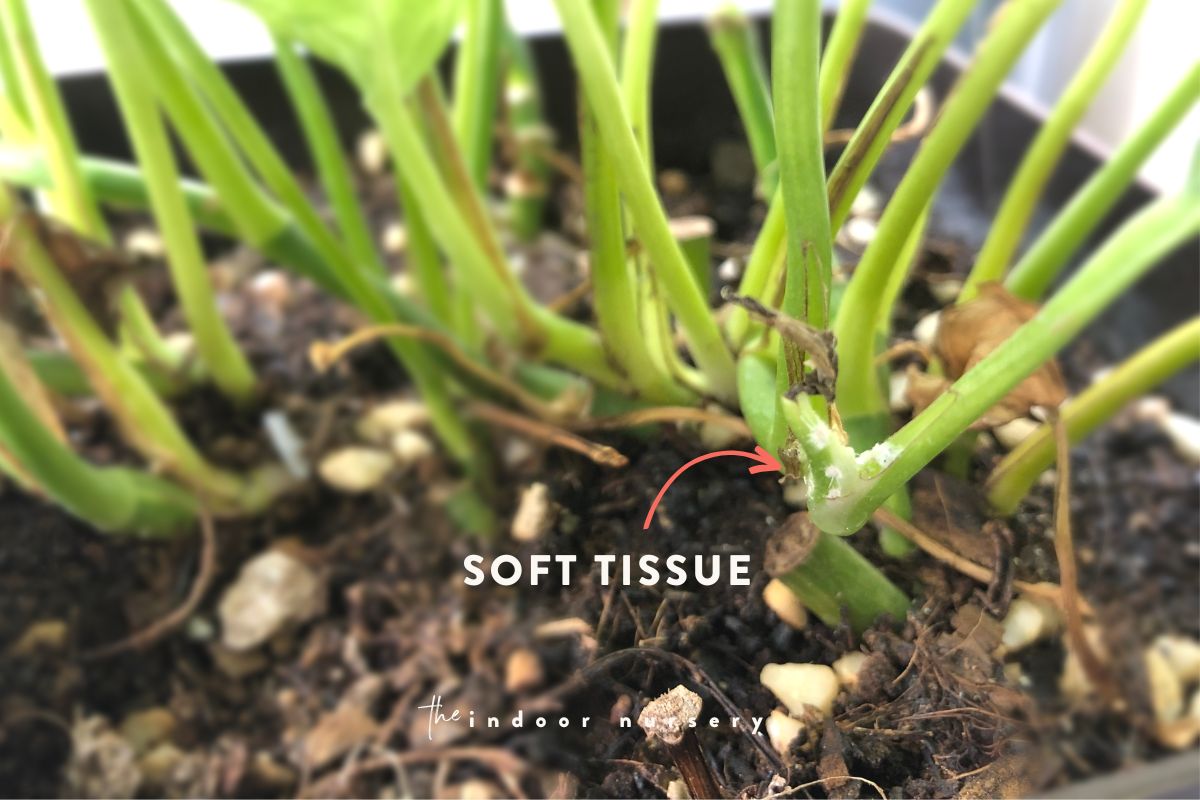
How do mealy bugs damage plants?
Mealybugs feed on plant sap, and they can cause a great deal of damage to plants. Heavy infestations can lead to leaf drop, stunted growth and even plant death. Mealybugs can also spread plant diseases, making them even more harmful to plants.
How do mealy bugs spread?
Mealybugs can spread quickly, especially in warm, humid conditions. They can be transported on clothing, tools, and other objects. They can also be spread by ants, which often “farm” mealybugs for their honeydew.
How to prevent mealybugs
The best way to prevent mealybugs is to keep your plants healthy. Mealybugs are attracted to weak and unhealthy plants, so be sure to water and fertilize your plants on a regular basis. You should also regularly check your plants for signs of stress, and take action to correct any problems.
In addition, you should regularly inspect your plants for mealybugs. Be sure to check the undersides of leaves, as this is where mealybugs often hide. If you see any mealybugs, be sure to remove them quickly to prevent a mealybug infestation. The key to prevention is to control mealybugs as they appear.
More About Pest Control
- How To Get Rid Of Scale On Plants
- The Best Neem Oil For Plants: Our Top Picks
- How to make homemade spray to keep cats from eating plants
- 12 essential oils for plants that treat pests, fungus, and more
- How to mix neem oil for plants with 3 simple ingredients
- What plants NOT to use neem oil on
- Most common cannabis pests and how to treat them

